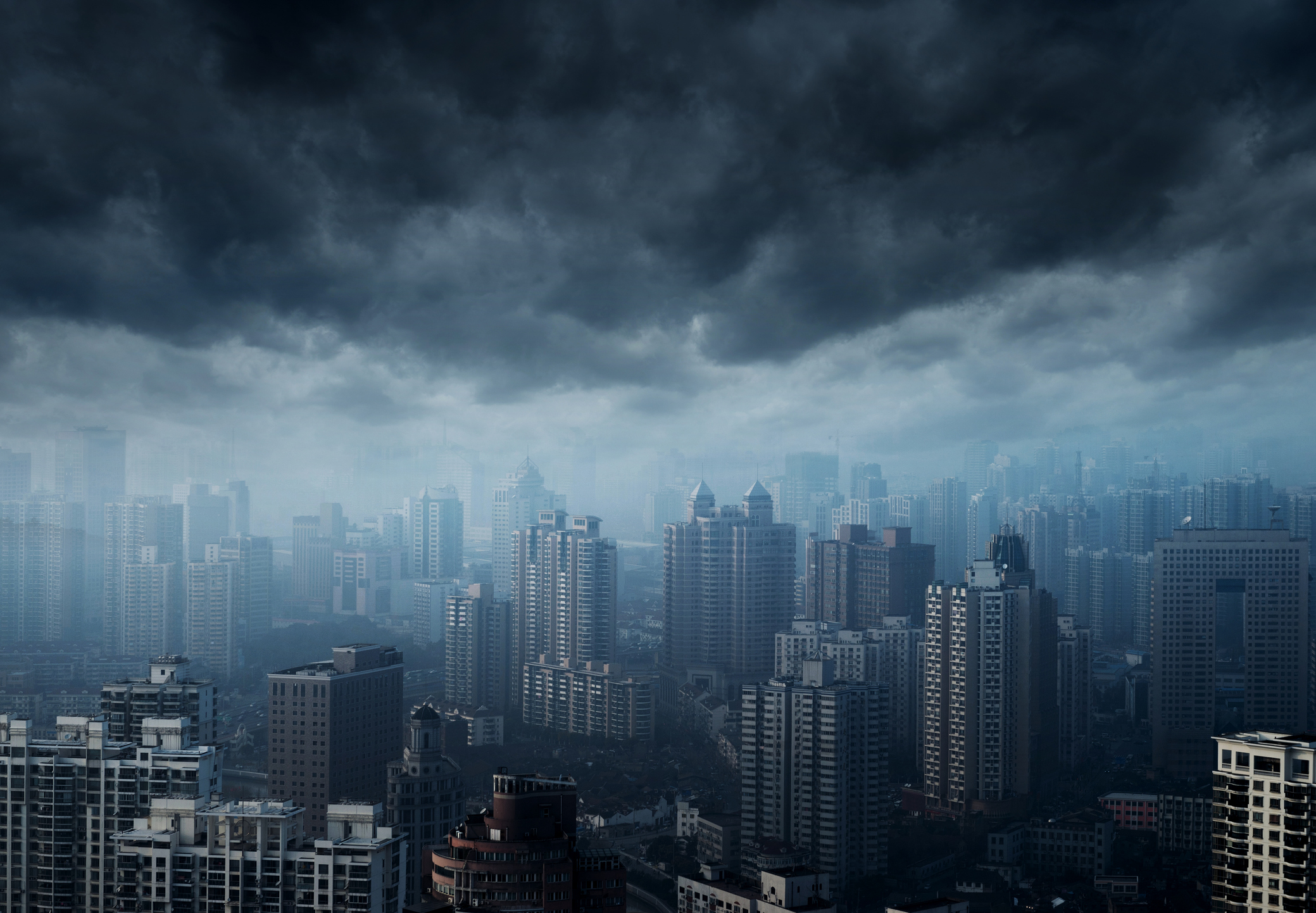Building Envelope Solutions for Extreme Weather: Government Buildings in High-Risk Areas
Government buildings are often expected to serve the public in the most challenging conditions, making their resilience in extreme weather a top priority. From hurricanes and heavy snowfalls to intense heatwaves and tornadoes, public facilities in high-risk areas must be designed to withstand the elements. One of the most critical components in ensuring this resilience is the building envelope—the physical barrier between the exterior and interior environments, which includes the roof, walls, windows, doors, and foundation.
When designing for government buildings, specifying the right building envelope solutions can mitigate the impact of extreme weather and enhance the safety and longevity of the structure. Here are key considerations for procurement teams and architects working in high-risk areas.
1. Prioritize Wind-Resistant Roofing
In regions prone to hurricanes, tornadoes, and severe storms, wind resistance is essential. Roofing systems should be designed to handle high wind speeds and protect against flying debris. Metal roofing and reinforced membrane systems, for instance, can offer superior resistance to wind uplift. Look for systems that meet local building codes for wind resistance and consider using fasteners or adhesives specifically rated for high wind conditions.
2. Invest in Impact-Resistant Windows and Doors
Extreme weather often brings debris that can cause significant damage to vulnerable areas of a building, such as windows and doors. In high-risk areas, impact-resistant glass is a must. These windows are typically made from laminated glass that can absorb the impact of flying objects without shattering. For doors, reinforced frames and materials like steel or fiberglass can help maintain the integrity of the building envelope during storms or heavy snowfall.
3. Choose Durable, Water-Resistant Wall Systems
Water intrusion is a major concern in areas prone to heavy rain, flooding, or hurricanes. To prevent damage from moisture infiltration, government buildings should have wall systems with water-resistant barriers. Masonry or concrete block walls with exterior insulation and finish systems (EIFS) offer strong water resistance while providing additional insulation benefits. Properly installed flashing, sealants, and drainage systems are also crucial in directing water away from the building.
4. Insulate for Temperature Extremes
In high-risk areas with extreme heat or cold, proper insulation is key to maintaining the energy efficiency and comfort of government buildings. High-performance insulation materials like closed-cell spray foam or rigid foam insulation can provide excellent thermal resistance. In hot climates, cool roofing materials and reflective coatings help reduce heat absorption, lowering cooling costs and reducing the strain on HVAC systems. Meanwhile, in colder regions, increased insulation around windows and doors helps retain heat, improving overall energy efficiency.
5. Ensure Proper Air Sealing to Reduce Infiltration
Air infiltration can undermine the effectiveness of a building envelope, especially in areas experiencing strong winds, high temperatures, or intense cold. Sealing gaps and cracks in the envelope is essential to prevent unwanted air flow that can increase energy costs and lead to moisture problems. Air barriers, such as wraps and sealants, should be carefully integrated into the design to ensure the building remains airtight during extreme weather conditions.
6. Consider Flood-Resistant Design Features
For buildings located in flood-prone areas, special attention must be given to the foundation and the lower sections of the building envelope. Materials like concrete or stone, which are resistant to water damage, should be used in areas at risk of flooding. Elevating mechanical systems and critical infrastructure above flood levels can prevent costly damage. Additionally, flood vents and breakaway walls can reduce pressure on the building structure during high water events.
7. Select Fire-Resistant Materials in High Heat Areas
In regions prone to wildfires or extreme heat, selecting fire-resistant materials for the building envelope is critical. Roofing materials like metal, clay tile, or asphalt shingles with high fire resistance ratings can help protect the building. Likewise, fire-rated exterior wall systems made of masonry, concrete, or stucco provide added protection against heat and fire damage. Fire-resistant doors and windows with non-combustible frames can also enhance safety in high-risk areas.
8. Plan for Future Climate Resilience
As extreme weather events become more frequent, it’s important to consider future-proofing public buildings for long-term climate resilience. Design features such as green roofs, which help with stormwater management and provide additional insulation, or solar-reflective materials, which reduce heat absorption, can help future-proof buildings against changing climate conditions. These forward-thinking solutions contribute to sustainability and ensure that government buildings are equipped to handle unpredictable weather patterns.
By implementing these building envelope solutions, government procurement teams and architects can enhance the durability, safety, and energy efficiency of public buildings in high-risk areas. In doing so, they not only protect the public and critical infrastructure but also extend the lifespan of these essential facilities, making them more resilient to whatever nature throws their way.


